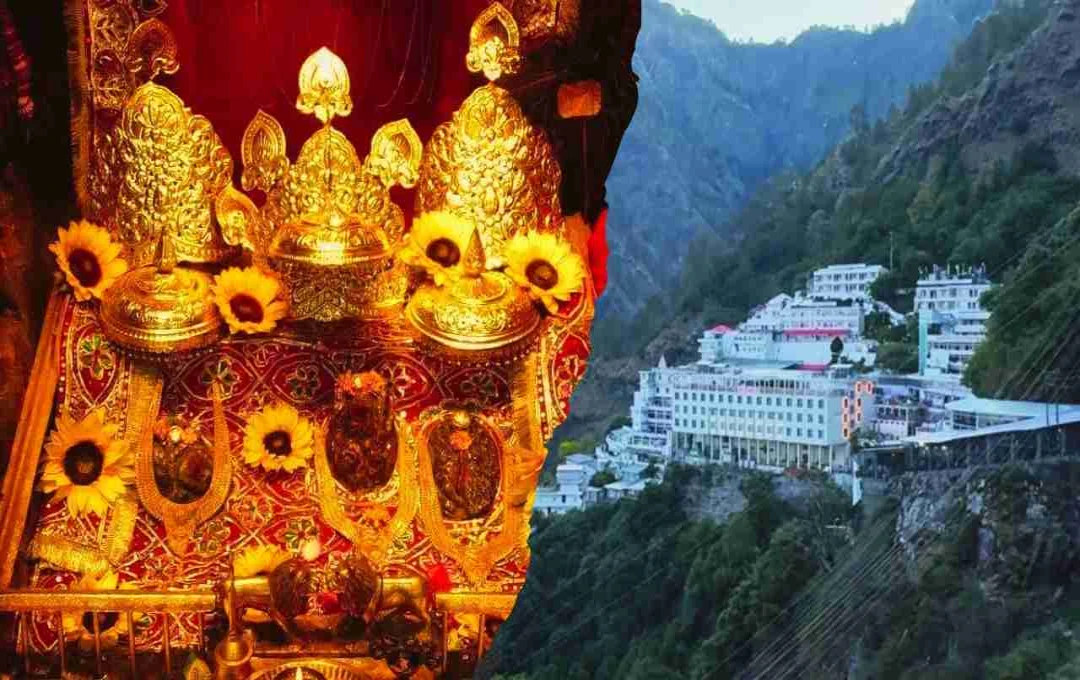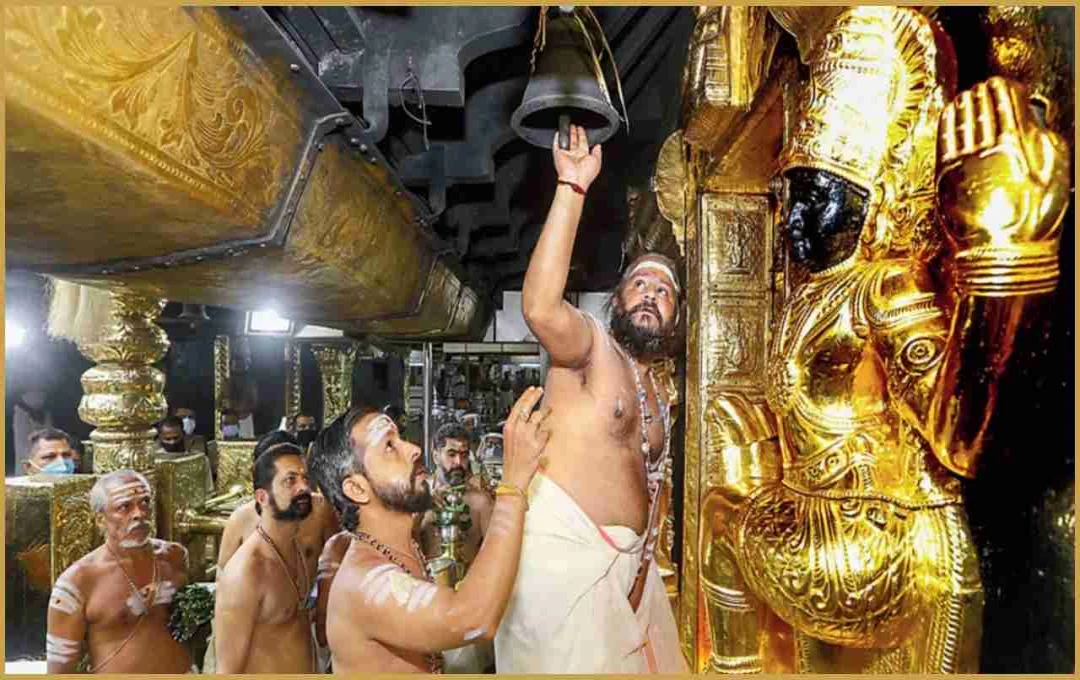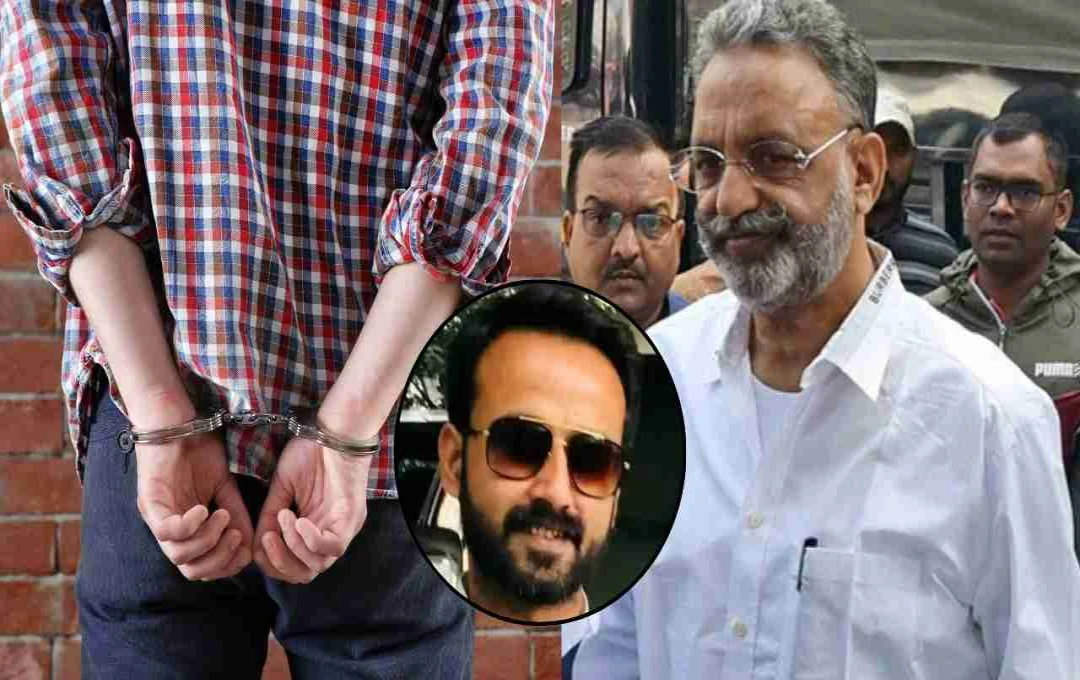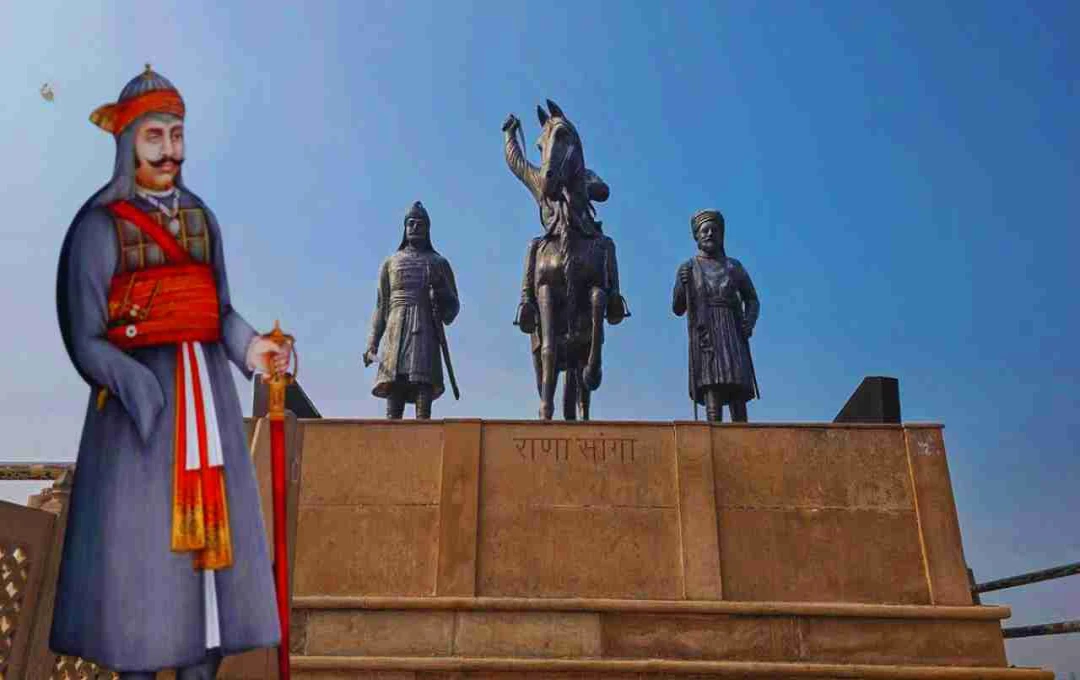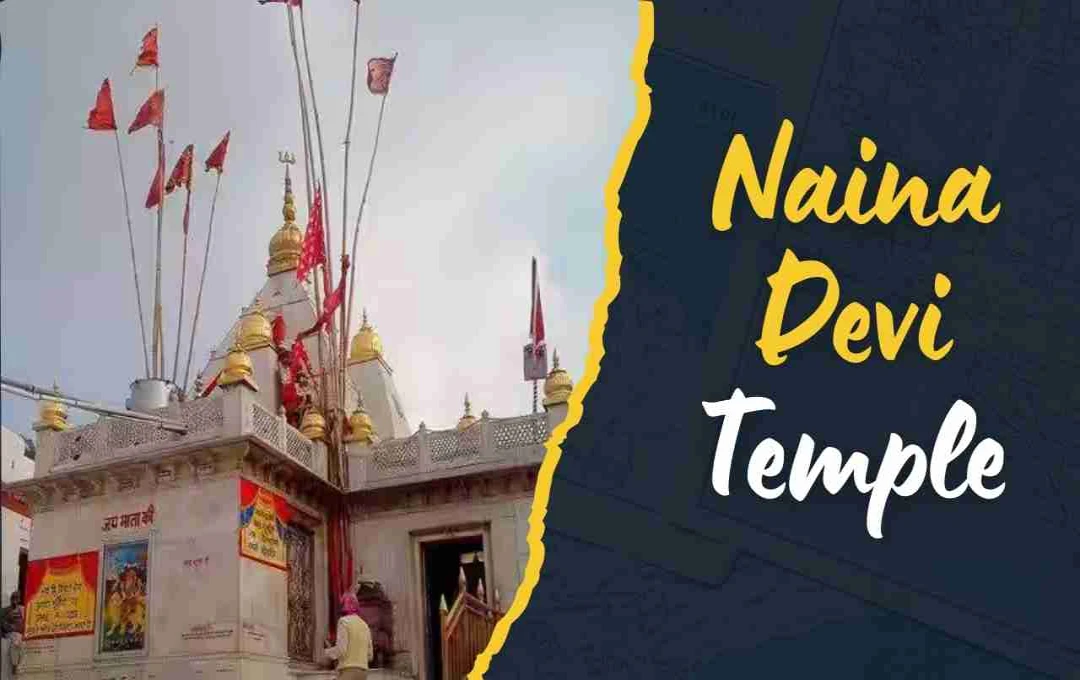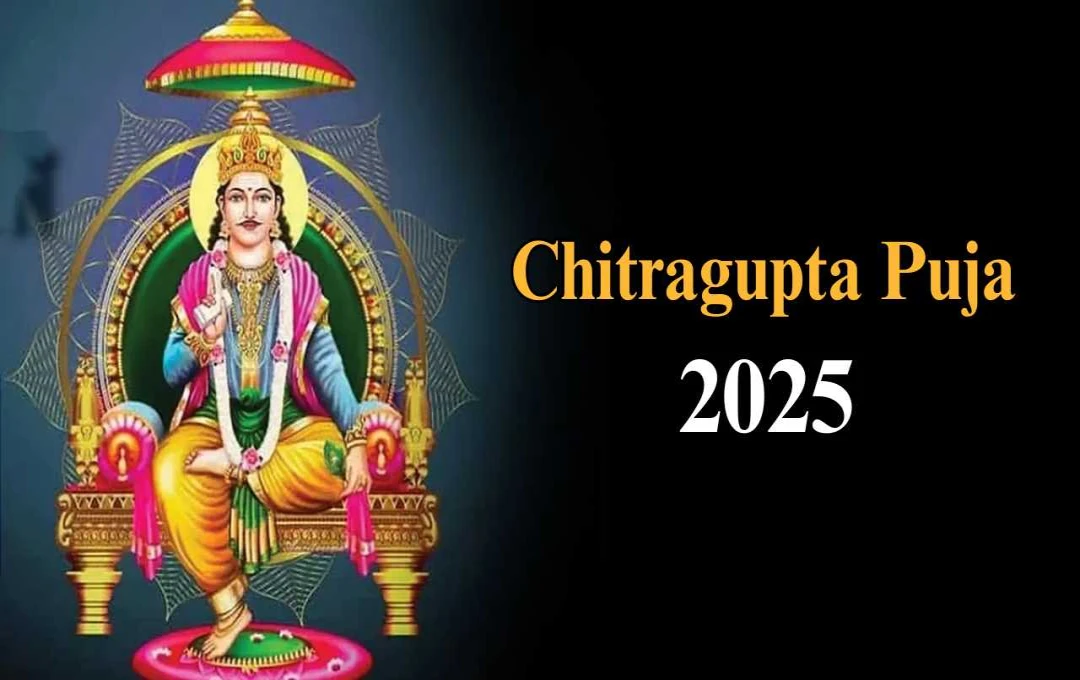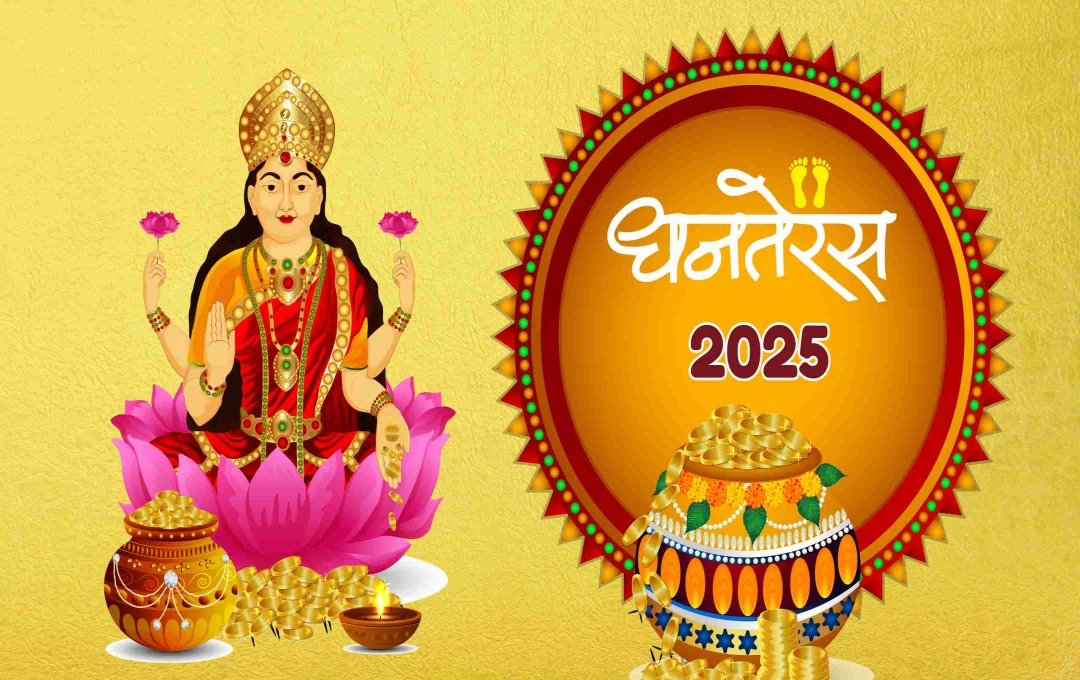In the cultural and spiritual landscape of India, Vaishno Devi Temple holds a unique and prominent position — a pilgrimage site that is not only a center of reverence but also a symbol of faith, courage, and strength. Located in the Reasi district of Jammu and Kashmir, this temple is perched atop the towering heights of the Trikuta Mountains, where millions of devotees undertake a long and arduous journey each year to seek the blessings of Maa Vaishno Devi.
Spiritual Significance of Vaishno Devi
Mata Vaishno Devi is considered the unified form of the Tridevi—Mahalakshmi, Mahasaraswati, and Mahakali. This temple stands as a living testament to how the diverse forms of a single goddess represent the power of the entire universe. The three deities enshrined in the form of Pindis are the soul of this cave temple. A mere visit here fills devotees with a sense of profound peace and energy.
Historical Background of the Temple
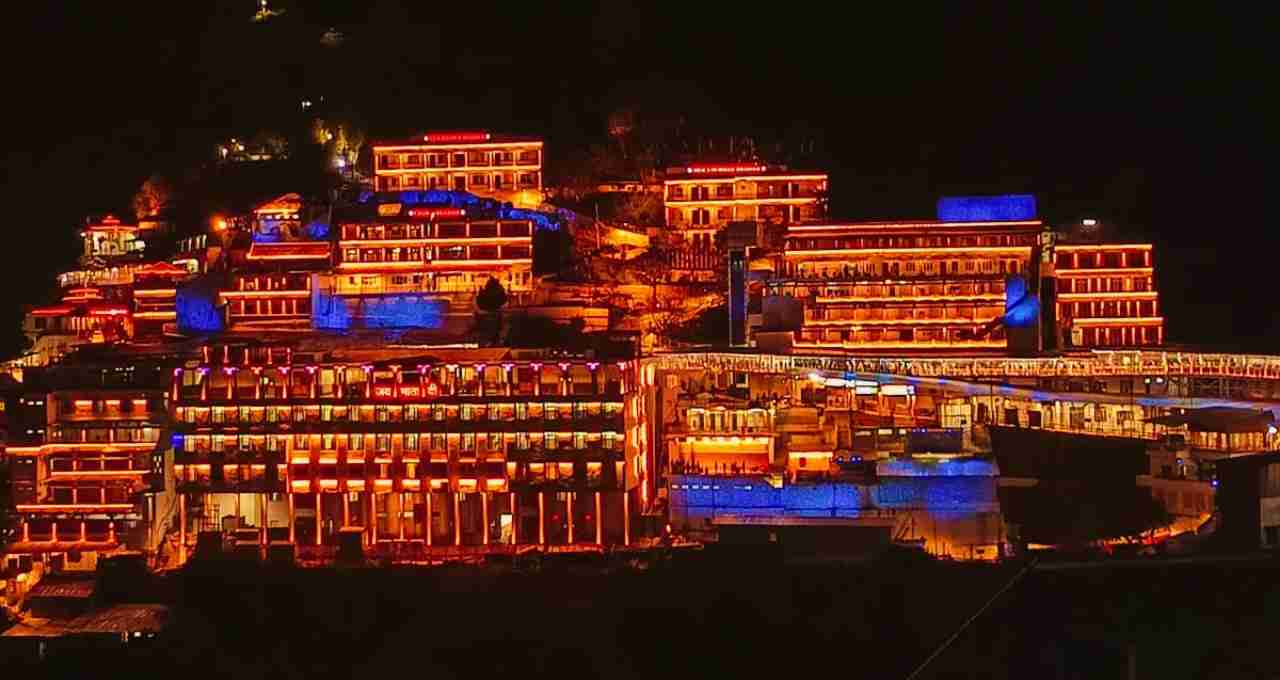
Although there is no definitive authentic period for the construction of the Vaishno Devi Temple, according to legends and religious texts, its origin is believed to predate the Mahabharata era. It is believed that before the war, Arjuna worshipped Maa Vaishno Devi on the advice of Lord Krishna. The description of the Jambhu mountain mentioned in the Mahabharata is considered to be the present-day Jammu region. According to another famous legend, a tantric named Bhairavnath was fascinated by Maa Vaishno Devi and chased her. Sensing his false intentions, the Mother took refuge in a cave in the Trikuta Mountains and finally killed him, establishing the Bhaironath Temple there. This form of the Mother teaches devotees that there is no place for falsehood and greed before true love and devotion.
Journey to Trikuta Mountains: A Confluence of Faith and Perseverance
The journey from Katra to Vaishno Devi Bhavan is approximately 12 kilometers. This route is hilly, winding, and full of ascents. Yet, devotees of all ages overcome this difficulty with chants of 'Jai Mata Di.' Pilgrimage sites like Banganga, Adhkuwari, and Himkoti along the way fill travelers with spiritual energy. On special occasions like Navratri, a massive increase in the number of devotees is observed here. The temple area is decorated with electric illuminations, religious events, and musical programs, which fill the entire atmosphere with divinity.
Temple Administration and Modern Amenities
The Vaishno Devi Temple is managed by the Shri Mata Vaishno Devi Shrine Board (SMVDSB), which was established in 1986. This board takes full care of the smooth operation, security, cleanliness, and facilities for the devotees. The board has made many changes in the temple complex in accordance with the modern era, including facilities like helicopter service, battery car, e-rickshaw, shrine guest houses, and mobile medical units. Pilgrim residences like Vaishnavi Dham, Saraswati Dham, Niharika Bhavan, and Ashirwad Bhavan have been built by the Shrine Board where devotees can avail of affordable and comfortable accommodation.
Winter Journey: A Blend of Adventure and Faith
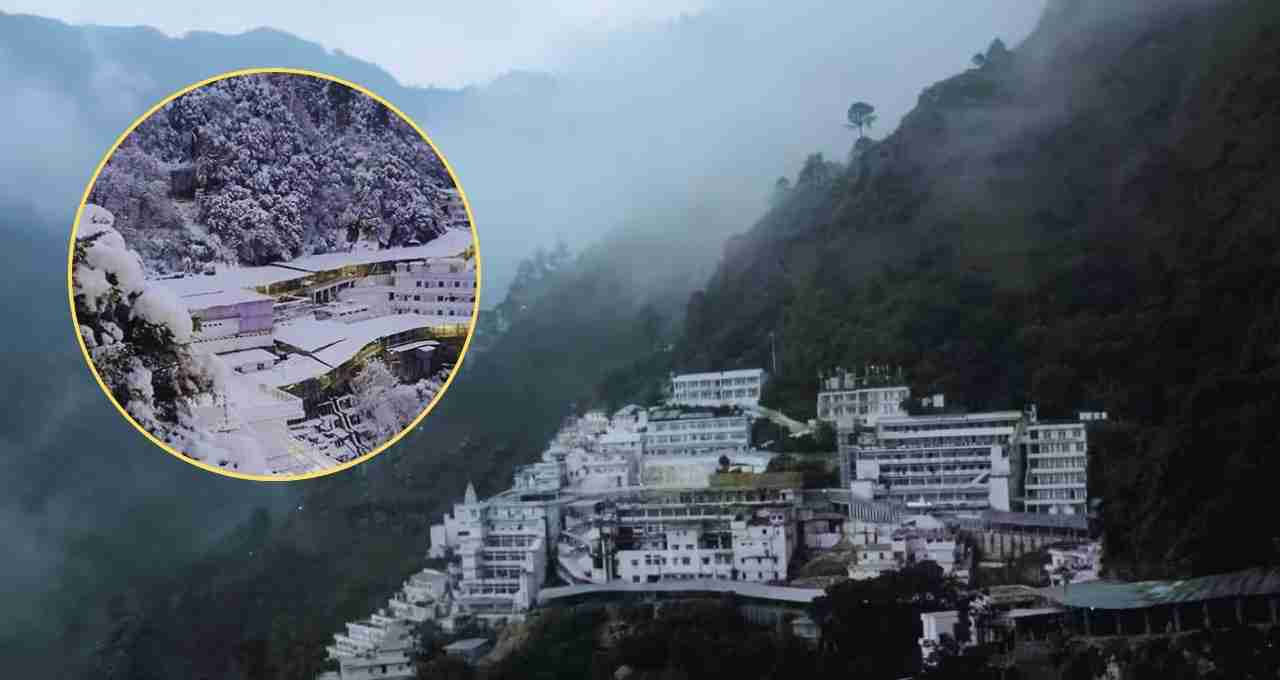
In the months of December and January, when the Trikuta Mountains are covered with snow, this place becomes even more scenic. Although the journey becomes challenging, the devotees never back down. The temple does not close, and devotees reach the feet of the Mother, braving the icy winds. During such times, travelers need to prepare especially with warm clothes, hats, gloves, and wind-cheaters. Hot water and free blankets are provided by the temple administration along the way.
Symbol of Harmony
Vaishno Devi Temple is not just a Hindu pilgrimage site; it is also a symbol of communal unity and spiritual harmony. Here, Sikh, Jain, Buddhist, and even Muslim devotees come with faith to pay their respects. This temple embodies the spirit of 'Vasudhaiva Kutumbakam' of Indian culture.
Navratri and Other Festivals
Navratri is celebrated with great enthusiasm in the Vaishno Devi Temple. The nine forms of the goddess are worshipped for nine days, and special worship rituals take place. During these days, there is a lot of music, dance, bhajans, and cultural events here. Festivals like Diwali, Ram Navami, and Makar Sankranti are also celebrated here with special devotion. Vaishno Devi Temple is not just a religious place; it is also a lesson in the journey of life, self-confidence, faith, and courage. Those who come here do not just visit; they return filled with a spiritual energy that gives them the strength to fight every crisis in life.
This shrine teaches us that no matter how difficult the path may be, if our faith is true and our heart is pure, we can achieve any goal — just like millions of devotees climb the Trikuta Mountains to reach the Mother's court.
